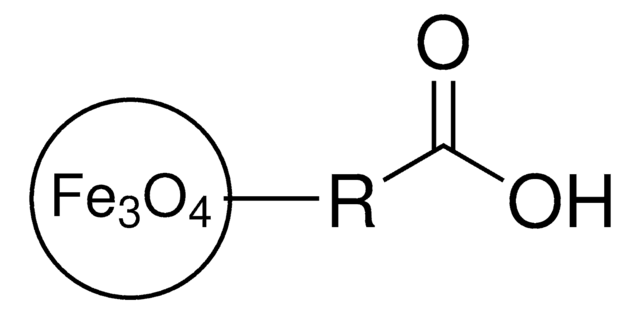おすすめの製品
詳細
アプリケーション
- Optical resolution of ephedrine: A study explored the optical resolution of racemic ephedrine using various derivatives of tartaric acid, presenting a method that could refine the production of pharmaceutical-grade ephedrine hydrochloride (Bánhegyi et al., 2022).
- Stereoselective forensic analysis: Supercritical fluid chromatography coupled with tandem mass spectrometry was used to perform a stereoselective analysis of ephedrine and its isomers in seized methamphetamine samples, offering insights into forensic applications of ephedrine hydrochloride (Segawa et al., 2021).
- Chiral analysis of stimulants: A chiral high-performance liquid chromatography-tandem mass spectrometry method was applied to determine amphetamine-type stimulants, including ephedrine, in forensic samples, providing a tool for the precise separation and identification of chiral drugs (Schwelm et al., 2020).
保管分類コード
12 - Non Combustible Liquids
WGK
nwg
引火点(°F)
Not applicable
引火点(℃)
Not applicable
試験成績書(COA)
製品のロット番号・バッチ番号を入力して、試験成績書(COA) を検索できます。ロット番号・バッチ番号は、製品ラベルに「Lot」または「Batch」に続いて記載されています。
この製品を見ている人はこちらもチェック
資料
Currently, magnetic nanoparticles (MNPs) are attracting a lot of attention because of the possibility of many novel applications, especially in biomedical research.
A key challenge for nanomaterial safety assessment is the ability to handle the large number of newly engineered nanomaterials (ENMs), including developing cost-effective methods that can be used for hazard screening.
Professor Hui Mao explores the use of superparamagnetic iron oxide nanoparticles (INOPs) that offer an alternate contrast-enhancing mechanism.
Professor Yadong Yin (University of California Riverside, USA) examines both direct (thermal decomposition, solvothermal, hydrothermal) and indirect (templated) synthesis methods of magnetite nanocrystals and reviews in detail the landscape of these various synthetic methods for magnetite nanocrystal and their applications in magnetic assembly, magnetic hyperthermia, and Li-Ion batteries.
ライフサイエンス、有機合成、材料科学、クロマトグラフィー、分析など、あらゆる分野の研究に経験のあるメンバーがおります。.
製品に関するお問い合わせはこちら(テクニカルサービス)

